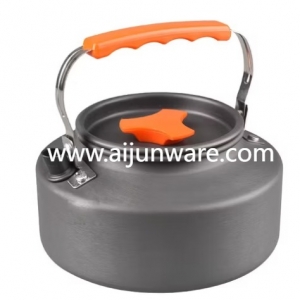The manufacturing process of toolboxes involves several key steps, all of which rely on the use of an effective and durable toolbox mold. Below is an overview of how the process typically works:
Designing the Mold: The first step in creating a toolbox using a mold is designing the mold itself. This involves creating detailed blueprints and models of the toolbox, taking into account the size, compartments, handles, locking mechanisms, and any other features that the toolbox will have. The mold design is carefully crafted to ensure that the finished product matches the desired specifications.
Creating the Mold: Once the design is finalized, the next step is to manufacture the mold itself. This often involves precision machining and the use of advanced techniques to create the mold's cavities and shapes. The mold is then subjected to a series of tests to ensure it meets the required standards.
Injection Molding or Other Molding Techniques: After the mold is complete, the next stage is the actual molding process. For plastic toolboxes, injection molding is commonly used, where plastic pellets are heated until they become a liquid, and then injected into the mold under high pressure. The liquid plastic is allowed to cool and solidify in the mold, taking the shape of the toolbox. For metal toolboxes, other methods such as die-casting or compression molding may be employed.
Cooling and Ejection: After the material has been injected into the mold, it is allowed to cool. This step is critical to ensuring that the material hardens properly, taking the final shape of the toolbox. Once cooled, the mold is opened, and the newly formed toolbox is ejected from the mold. The next step involves removing any excess material or flash (small amounts of excess material around the edges) to ensure a smooth and clean finish.
Quality Control: The final toolboxes undergo rigorous quality control checks to ensure they meet all design specifications and are free from defects. These checks might include visual inspections, functional tests (such as ensuring that hinges, locks, and handles work properly), and stress tests to ensure the toolbox is durable and can withstand normal use.

Toolbox latch molds are crucial components in the manufacturing process of toolboxes, providing secure closure mechanisms to keep tools, equipment, and other items safely stored inside. The fit, tightness, and customization of these latches play a significant role in the functionality, reliability, and aesthetics of the toolbox.






